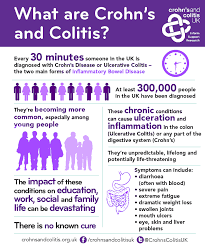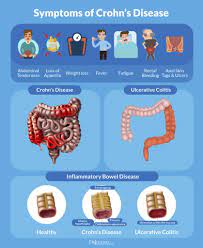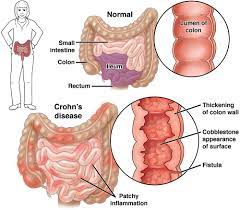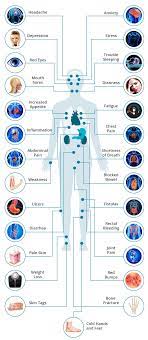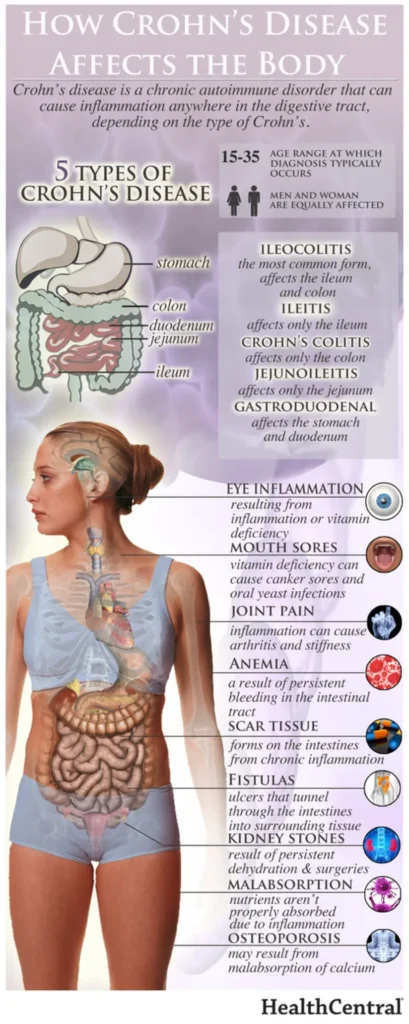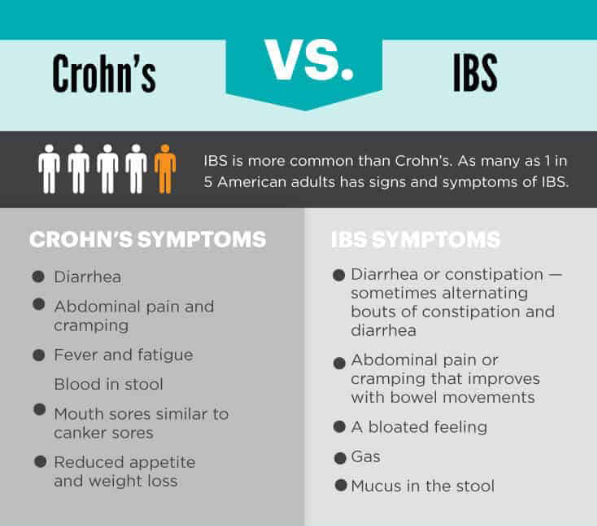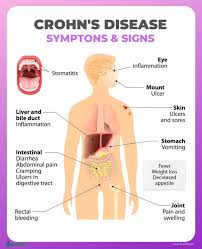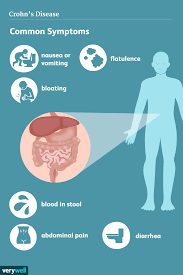Gene analysis generates spatial map of intestinal cells and traces their trajectories during gut inflammation

Cells within the intestines perform various roles including nutrient absorption, sensing, and maintaining homeostasis. Certain chronic disorders are distinctly characterized by gut inflammation, which disrupts intestinal cells and can lead to a remodeling of the gut and the introduction of new immune cells. To better understand the types of cells and their positioning within the intestines, researchers used a new technique known as MERFISH (multiplexed-error robust-fluorescence in situ hybridization) to analyze 940 genes in 1.35 million intestinal cells in a mouse model of colitis.




